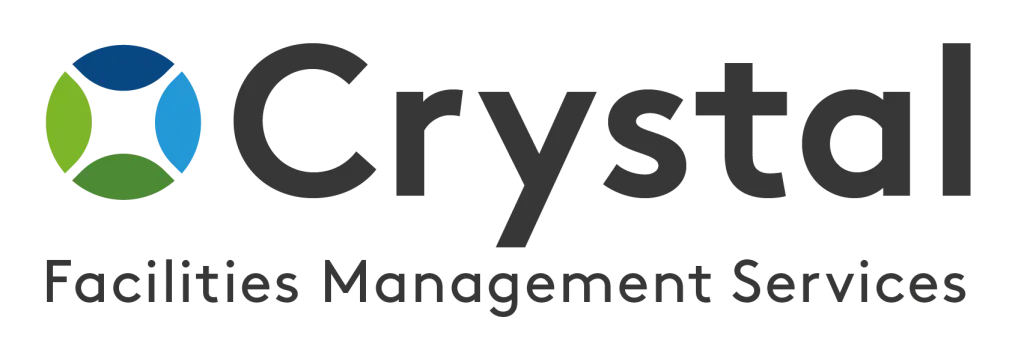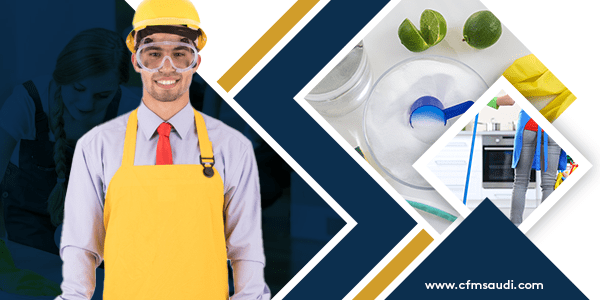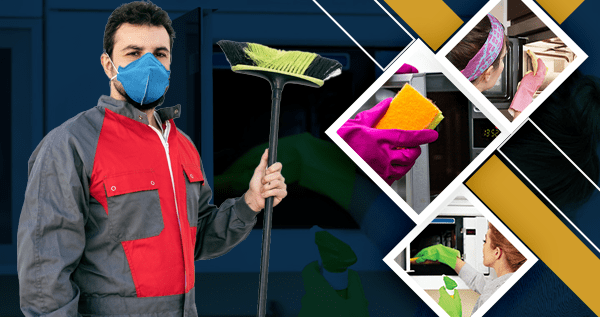Addressing cleanliness challenges in higher education: Strategies and solutions
One of the major challenges faced by higher education institutions is maintaining cleanliness and hygiene on their campuses. With a large number of students, faculty members, and staff occupying the premises on a daily basis, it can be a daunting task to ensure that the facilities are kept clean and sanitary at all times. In this article, we will discuss some effective strategies and solutions that can help address the cleanliness challenges in higher education.
The importance of cleanliness in higher education
Cleanliness plays a vital role in higher education institutions. A clean and well-maintained environment creates a positive impression on students, staff, and visitors. It contributes to the overall well-being and productivity of individuals on campus. A clean campus also helps in preventing the spread of diseases and reduces the risk of accidents or injuries. Therefore, it is crucial for higher education institutions to prioritize cleanliness and invest in appropriate cleaning services and solutions.
The challenges faced by higher education institutions
Higher education institutions face several challenges when it comes to maintaining cleanliness:
- High footfall: Higher education campuses witness high footfall on a daily basis, with students moving in and out of classrooms, laboratories, libraries, and other facilities. This results in increased wear and tear and makes it difficult to keep the premises clean throughout the day.
- Diversity of spaces: Higher education institutions comprise various facilities, including classrooms, lecture halls, dormitories, libraries, cafeterias, and sports complexes. Each space requires different cleaning techniques and schedules, making it challenging to maintain a consistent level of cleanliness across the campus.
- Budget constraints: Many higher education institutions face budget constraints that limit their ability to allocate sufficient funds for cleaning services. This often leads to compromises in the quality and frequency of cleaning, which can negatively impact the environment and the people within it.
- Limited resources: Cleaning staff in higher education institutions are often understaffed, making it challenging to handle the workload effectively. The limited availability of cleaning equipment and supplies can also hinder the cleaning process.
Strategies to overcome cleanliness challenges
1. Collaboration with professional cleaning service providers
One of the most effective strategies for addressing cleanliness challenges is to collaborate with professional cleaning service providers. Companies like Crystal Facilities Management specialize in providing cleaning services for higher education institutions. By outsourcing the cleaning tasks to experts, institutions can ensure that their premises are cleaned thoroughly and regularly. Professional cleaning companies have the necessary expertise, manpower, and resources to handle the unique requirements of higher education campuses.
2. Regular cleaning schedules
Establishing regular cleaning schedules is essential to maintain cleanliness on campus. It is crucial to define cleaning frequencies for different areas and ensure that they are followed consistently. High-traffic areas such as corridors, restrooms, and cafeterias should be cleaned multiple times a day, while other spaces may require daily or weekly cleaning. By adhering to a well-defined cleaning schedule, institutions can prevent the accumulation of dirt and ensure a clean and pleasant environment for everyone.
3. Comprehensive cleaning plans
Higher education institutions should develop comprehensive cleaning plans that outline the cleaning tasks to be performed in each area. These plans should consider the specific cleaning requirements of different spaces and include details regarding the cleaning techniques, equipment, and supplies to be used. By having a clear plan in place, cleaning staff can efficiently execute their tasks, resulting in better cleanliness levels and improved overall maintenance.
4. Adequate training for cleaning staff
Providing adequate training to cleaning staff is crucial for maintaining cleanliness standards on campus. Cleaning staff should be trained in various cleaning techniques, equipment handling, and safety protocols. They should also be educated about the importance of their role in creating a clean and healthy environment for students, staff, and visitors. Regular refresher training sessions can help enhance the skills and knowledge of the cleaning staff, enabling them to perform their duties effectively.
5. Efficient use of technology
Embracing technological advancements can significantly improve the efficiency and effectiveness of the cleaning process. For instance, higher education institutions can implement IoT-enabled cleaning solutions that provide real-time data on cleaning needs and occupancy levels. This can help optimize cleaning schedules, reduce wastage of cleaning resources, and improve overall productivity. Additionally, using eco-friendly cleaning products and equipment can contribute to sustainability efforts while ensuring a hygienic environment.
Benefits of addressing cleanliness challenges
Addressing cleanliness challenges in higher education institutions offers several benefits:
- Enhanced reputation: A clean and well-maintained campus creates a positive impression on visitors and stakeholders, contributing to the institution’s reputation.
- Improved health and well-being: A clean environment reduces the risk of infections and promotes the health and well-being of students, staff, and visitors.
- Increased productivity: A clean and organized workspace enhances productivity and concentration levels among students and staff.
- Reduced maintenance costs: Regular cleaning and maintenance help prevent the build-up of dirt and damage, reducing the need for costly repairs or replacements.
- Sustainability: Implementing eco-friendly cleaning practices contributes to sustainability goals and demonstrates the institution’s commitment to the environment.
Conclusion
Cleanliness is a critical aspect of higher education institutions. By addressing the cleanliness challenges effectively, institutions can create a conducive environment for learning and growth. Collaborating with professional cleaning service providers like Crystal Facilities Management, establishing regular cleaning schedules, developing comprehensive cleaning plans, providing adequate training for cleaning staff, and embracing technology can contribute to maintaining cleanliness standards on campus. The benefits of addressing cleanliness challenges extend beyond aesthetics and positively impact the well-being, productivity, and reputation of the institution.












